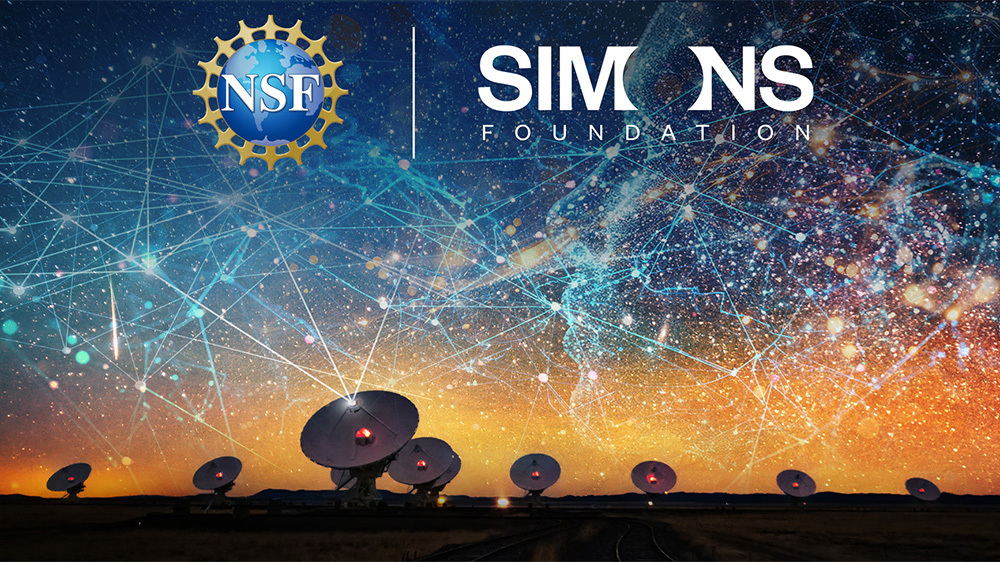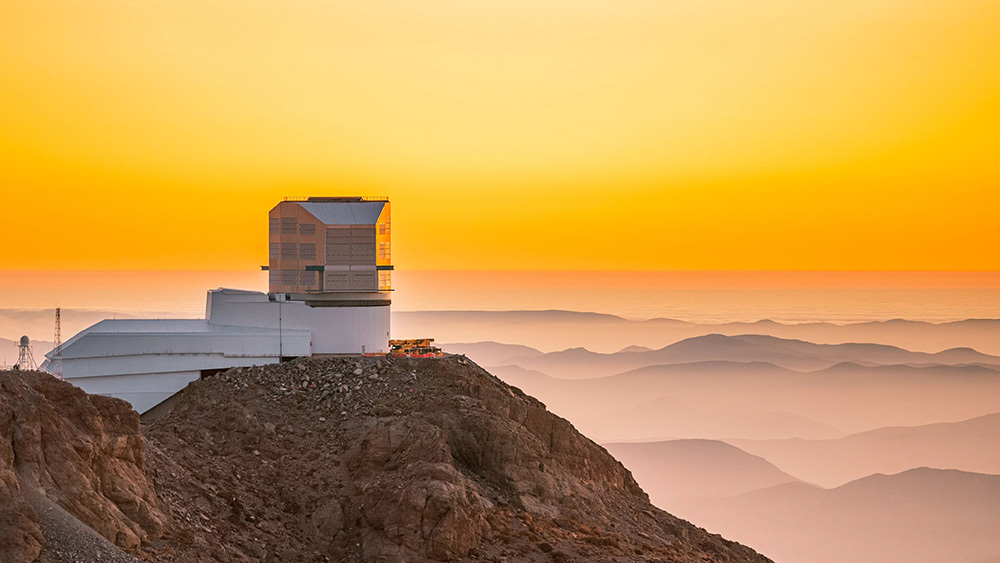|  From the early telescopes made hundreds of years ago by Galileo to the sophisticated astronomical observatories of today, people have built increasingly innovative tools to probe and measure the cosmos. Soon, researchers at two new institutes funded by the U.S. National Science Foundation and the Simons Foundation will build a new breed of astronomical tools by harnessing the uniquely powerful abilities of artificial intelligence to assist and accelerate humanity's understanding of the universe. The new National Artificial Intelligence Research Institutes for astronomical sciences are part of the NSF-led National Artificial Intelligence Research Institutes program. The two new institutes will each receive $20 million over five years: $10 million from NSF and $10 million from the Simons Foundation. "The massive amount of data that will be gathered in the coming years by the NSF-DOE Vera C. Rubin Observatory and other large-scale astronomical projects is simply too vast and rich to be fully explored with existing methods," says NSF Director Sethuraman Panchanathan. "With reliable and trustworthy AI in their toolbox, everyone from students to senior researchers will have exciting new ways to gain valuable insights leading to amazing discoveries that might otherwise remain hidden in the data." | |  Coming online in 2025, NSF-DOE Rubin Observatory will create the biggest, most data-rich movie ever made — a 10-year, high-precision chronicle of trillions of cosmic events and objects. Rubin Observatory is expected to yield a staggering number of new discoveries: over 17 billion Milky Way stars, about 20 billion galaxies and around 10 million supernovas (over a thousand per night), plus a slew of objects in our own solar system, including millions of asteroids and untold numbers of comets and interstellar objects. | | | Did someone forward this message to you?
You can subscribe to get NSF news and updates directly to your inbox. | | | |

No comments:
Post a Comment